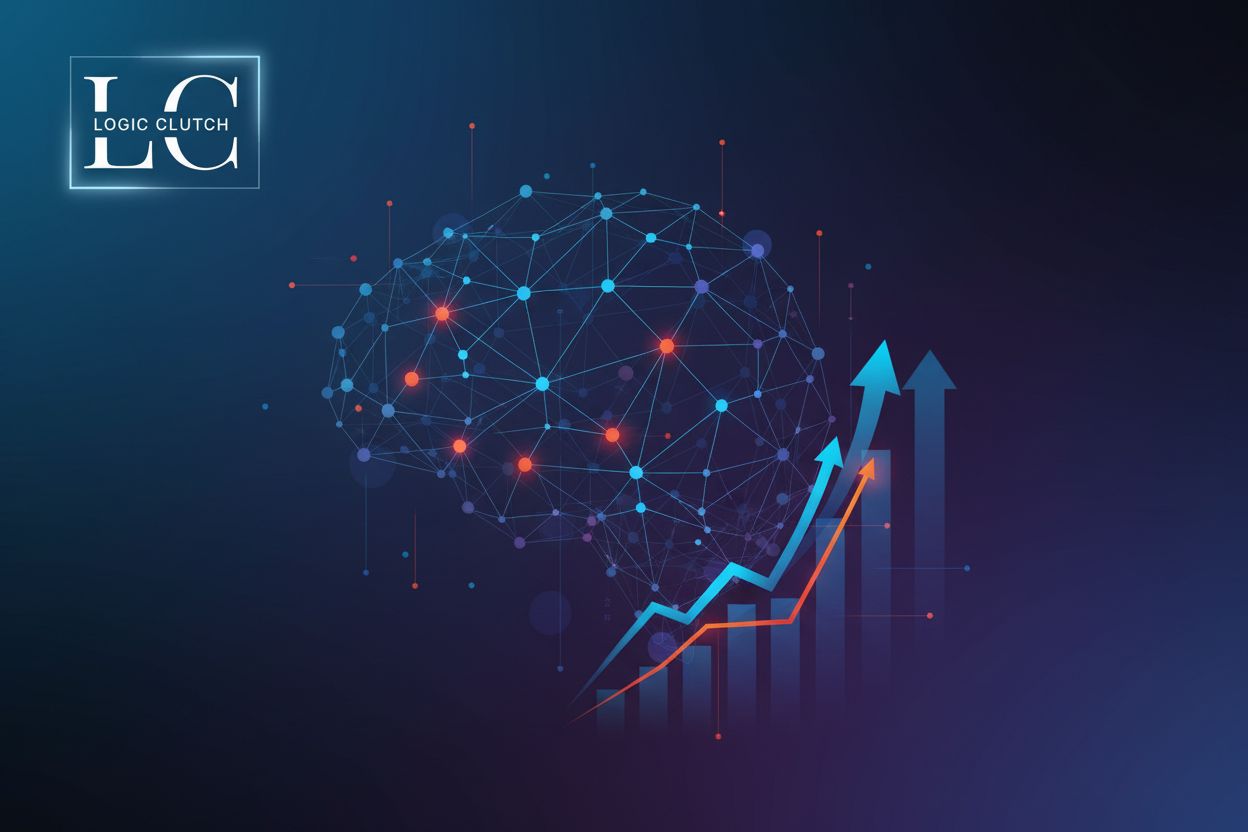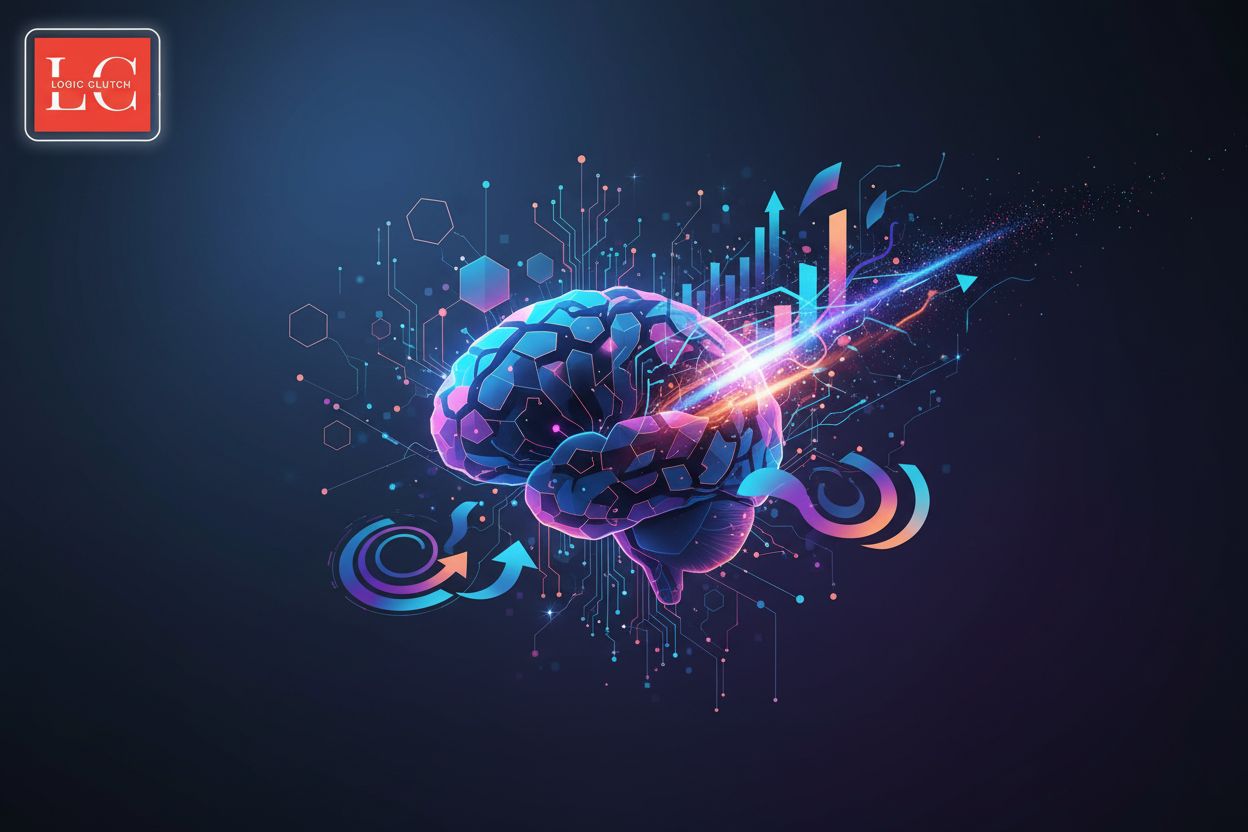Unlock Customer Insights AI-Powered Segmentation Strategies
TL;DR
The Evolution of Customer Segmentation Why Traditional Methods Fall Short
Customer segmentation, huh? It's not exactly new, but is your current approach really cutting it? Probably not, tbh.
Traditional segmentation is kinda like using a map from the 1950s...it might get you somewhere, but good luck finding the new coffee shop. Here's why it struggles:
- It's static and inflexible. Once you've defined your segments - that's it. Customer's don't fit neatly into boxes, and their behavior changes, like, constantly.
- Limited data points. Old methods mostly look at demographics and geography. Like, age and location - that's it. It misses all the juicy behavioral stuff.
- It can't really get nuanced. Traditional approaches can't capture the complex reasons why customers do what they do. You miss out on the "why" behind the "what."
- No real-time updates. Markets shifts, trends come and go, and your traditional segments quickly age out.
We are drowning in data, honestly. Customers are leaving digital footprints everywhere - social media, website visits, purchase histories, you name it. And they expect personalized experiences, as they should. Problem is, humans just can't sift through all that data manually. It's impossible! That's where ai comes in. ai can automate the process and find insights we'd otherwise miss.
Now, to really unlock the power of ai, you need a solid strategy.
AI-Driven Customer Segmentation How It Works
Alright, so you're probably wondering how ai actually does customer segmentation, right? It's not magic, even if it kinda feels like it sometimes.
Basically, it's all about feeding the right data into the right algorithms and letting them do their thing. Here's the gist:
First, you gotta gather all the data you can get your hands on. This includes stuff from your crm, website analytics, social media, and even third-party sources. The more data, the better the ai can understand your customers.
next up, cleaning that data. ai can't work with messy data, so you'll need to remove duplicates, correct errors, and fill in missing values. it's like tidying up a messy room before you can start decorating, y'know?
And, of course data privacy is a big deal, so you need to make sure you're following all the rules and regulations, like gdpr and ccpa. Can't just go around hoovering up personal info willy-nilly.
Next, you gotta figure out which data points are actually useful for segmentation. it's like picking the best ingredients for a recipe – you don't need everything in the fridge.
You might also create new features from existing data. For example, you could calculate a customer lifetime value (clv) score based on their past purchases and engagement. According to clevertap, ai helps businesses calculate clv with precision based on historical data.
domain expertise is key here. you need to know your business and your customers to guide the ai in the right direction.
Now, it's time to unleash the algorithms! there's a bunch of different options, like clustering, classification, and neural networks.
Clustering algorithms, like k-means, group customers based on similarities. it's like sorting socks – you put the ones that are most alike together.
classification algorithms assign customers to pre-defined segments. think of it like a quiz that tells you which Hogwarts house you belong to.
So, that's how ai-driven segmentation works in a nutshell. We'll dive deeper into the algorithms in the next section.
Benefits of AI Customer Segmentation for Enterprises
Wanna know the real secret sauce behind those super-targeted ads you see? It's all about ai-powered customer segmentation, and it's a game-changer for enterprises.
ai lets you dive deep into customer data, way beyond simple demographics. This means you can craft seriously personalized experiences.
- Deliver tailored content and offers. Instead of generic emails, imagine sending each customer product recommendations based on their browsing history.
- Create personalized onboarding experiences. A fintech company could use ai to understand a new user's financial goals and provide customized advice.
- Provide proactive customer service. A healthcare provider could use ai to identify patients at risk of missing appointments and send them timely reminders.
ai isn't just about personalization; it's about making your marketing dollars work harder.
- Target advertising efforts to the most receptive audiences. Instead of blasting ads to everyone, focus on the segments most likely to convert.
- Optimize marketing channels based on segment performance. See which channels resonate best with different segments and allocate your budget accordingly.
- Predict future customer behavior. A retail company could use ai to anticipate which products will be popular next season and adjust their inventory.
stop guessing and start knowing. ai gives you the insights you need to make smarter decisions.
- Gain actionable insights from customer data. ai can reveal hidden patterns and trends that would be impossible to spot manually.
- Identify trends and patterns. A manufacturing company could use ai to analyze customer feedback and identify emerging product needs.
- Continuously improve marketing strategies. ai helps you track your results and fine-tune your approach over time.
Ready to take the plunge? Next up, we'll explore enhanced personalization and customer experience.
Overcoming Challenges and Pitfalls
AI-driven customer segmentation: sounds amazing, right? But hold on, it's not all sunshine and rainbows. You're gonna hit some bumps in the road, trust me.
First off, data quality is everything. If your data's a mess, your ai is gonna give you messed-up segments.
- Implement data governance policies. Basically, rules about who's in charge of the data and how it's handled.
- Use data validation and cleansing techniques. Think of it like spell-checking, but for your customer info.
Algorithms can be biased too, which is not ideal, to say the least.
- Auditing ai models for bias. This is like a fairness check-up for your algorithms.
- Using diverse datasets for training. The more varied your data, the less likely the ai is to discriminate.
privacy is a big deal, folks. You can't just do whatever you want with customer data.
- Complying with data privacy regulations (gdpr, ccpa). These aren't suggestions; they're laws.
- Obtaining customer consent for data usage. Ask before you collect, and be clear about what you're using it for.
According to mailchimp, data quality concerns and algorithm bias are potential pitfalls in ai-driven customer segmentation. It's important to note that mailchimp is a leading marketing platform and has expertise in the field of ai driven customer segmentation.
So, yeah, ai customer segmentation can be super powerful, but you gotta be careful. Next up, we'll explore how to apply ai-driven segmentation across various marketing channels for a unified and impactful approach.
AI-Driven Segmentation Across Marketing Channels A Unified Approach
AI-driven segmentation across marketing channels? Sounds complicated, right? Not really, it's more about making sure your message actually gets to the right person, no matter where they are.
ai can personalize email content and subject lines so that it resonates with each recipient. imagine sending an email to a segment of customers who abandoned their carts with a subject line "did you forget something?"
Optimizing send times based on individual behavior is another benefit. ai can analyze when a user is most likely to open emails and send it then.
Dynamic content can also tailor messages based on customer preferences. for example, if a customer always buys a certain brand, you could show them new products from that brand.
Tailoring ad creatives and content to match segment interests is key. a segment of "eco-conscious" customers might see ads for sustainable products.
Target ads to specific demographics and behaviors, like showing ads for hiking gear to people who like hiking pages.
Social listening helps understand segment sentiment; ai analyzes posts to see what people are saying about your brand.
you can customize website content based on visitor behavior. show different products to first-time visitors than to returning customers.
Personalized product recommendations are a must. ai can suggest items based on browsing history and purchase patterns, just like a good salesperson.
a/b testing helps optimize personalization strategies, try out different content and see what works best.
Push notifications can deliver personalized offers. send a discount code to customers near a store.
Tailor in-app messages to individual needs. new users could get a tutorial, while advanced users see tips and tricks.
Location data can also help. send a notification about a nearby sale when a customer is in the area.
Basically, it's about using ai to make sure your customer see the right message, at the right time, no matter where there at. Next up, we'll look at enhanced personalization and customer experience.
Case Studies Real-World Success
Okay, so you're probably wondering if ai customer segmentation actually works, right? Well, let's take a look at some real-world examples and how it's shaking things up.
- Amazon uses ai to analyze your browsing history, purchase patterns, and product ratings. This lets them make personalized product recommendations that are scarily accurate. it's all about increased sales and happy customers.
- Netflix does somethin' similar, using ai to figure out what movies and tv shows you might like based on what you've watched before. This keeps you engaged and reduces churn.
According to a 2024 report by mckinsey, companies that excel at personalization generates 40% more revenue than those that don’t.
P&g uses ai to figure out and target specific customer segments with tailored advertising messages. This increases how effective their ads are and reduces wasted ad spend.
One major telecommunications company uses ai to identify customers who are likely to experience service issues and then proactively offers assistance. This reduces churn and improves customer satisfaction.
So, yeah, ai customer segmentation can be a real game-changer. What's next? Let's look at the future of ai customer segmentation, including emerging trends and predictions.
The Future of AI Customer Segmentation Emerging Trends
The future of ai customer segmentation? it's not just about better ads, is it? It's about understanding people on a deeper level.
Expect hyper-personalization to become the norm, with ai dissecting granular data points like never before. Instead of broad strokes, think micro-segments based on real-time behavior.
Imagine a healthcare provider using ai to tailor treatment plans based on individual patient genetics and lifestyle choices; now that's personalization.
ai will be increasingly integrated with marketing automation tools. This will streamline workflows and optimize campaign performance, all while freeing up marketers from tedious tasks.
Think ai dynamically adjusting email send times based on individual open rates, or automatically tweaking ad copy based on real-time A/B testing results.
Ethical ai practices and data privacy will be front and center, driven by regulations like gdpr. Companies will need to prioritize transparency and build trust with customers.
The future will see more companies relying on zero-party data, where customers willingly share their preferences. This will help avoid biases and build stronger relationships.
So, ai-powered segmentation is evolving, and it's gonna get interesting.






